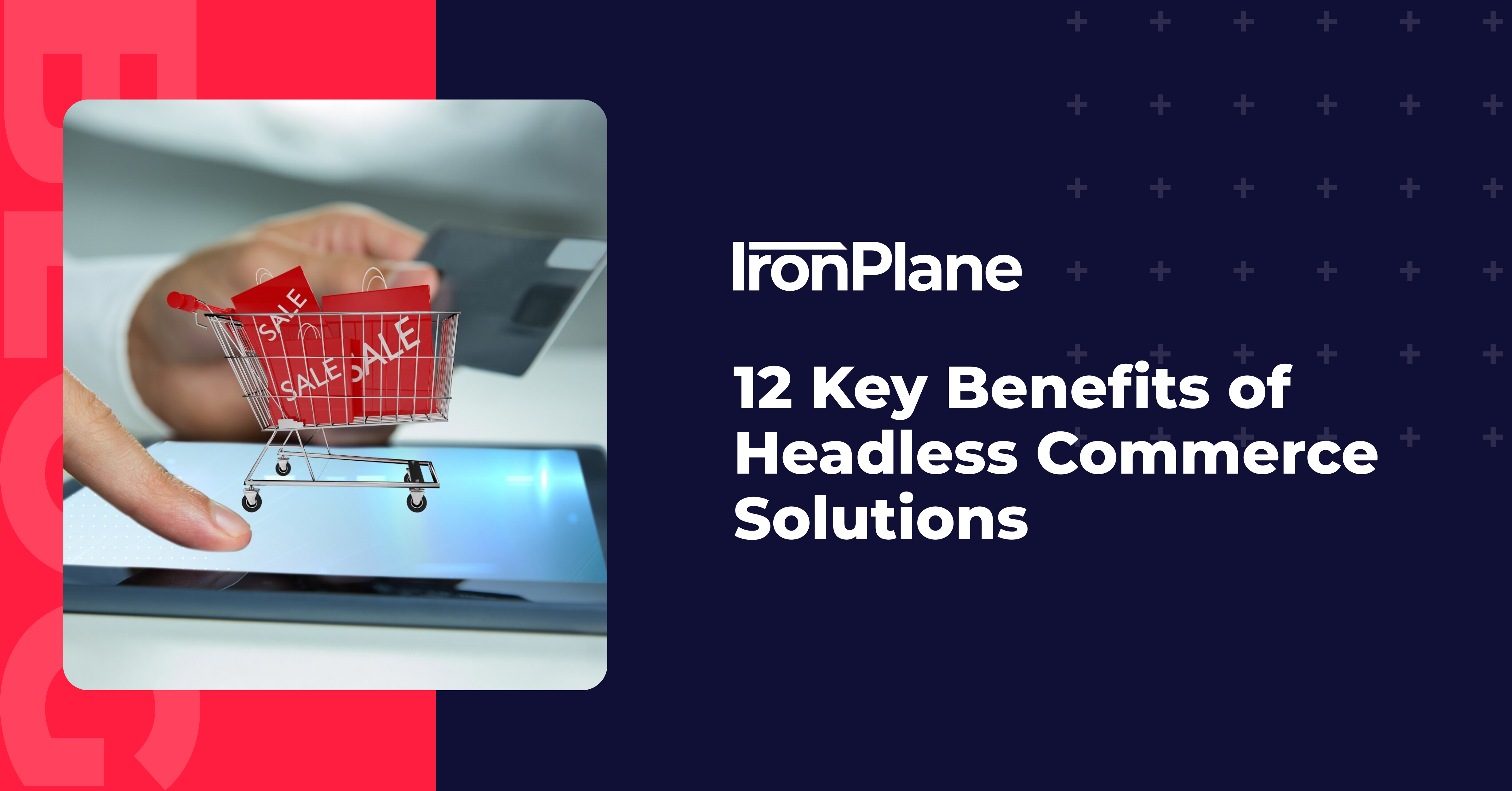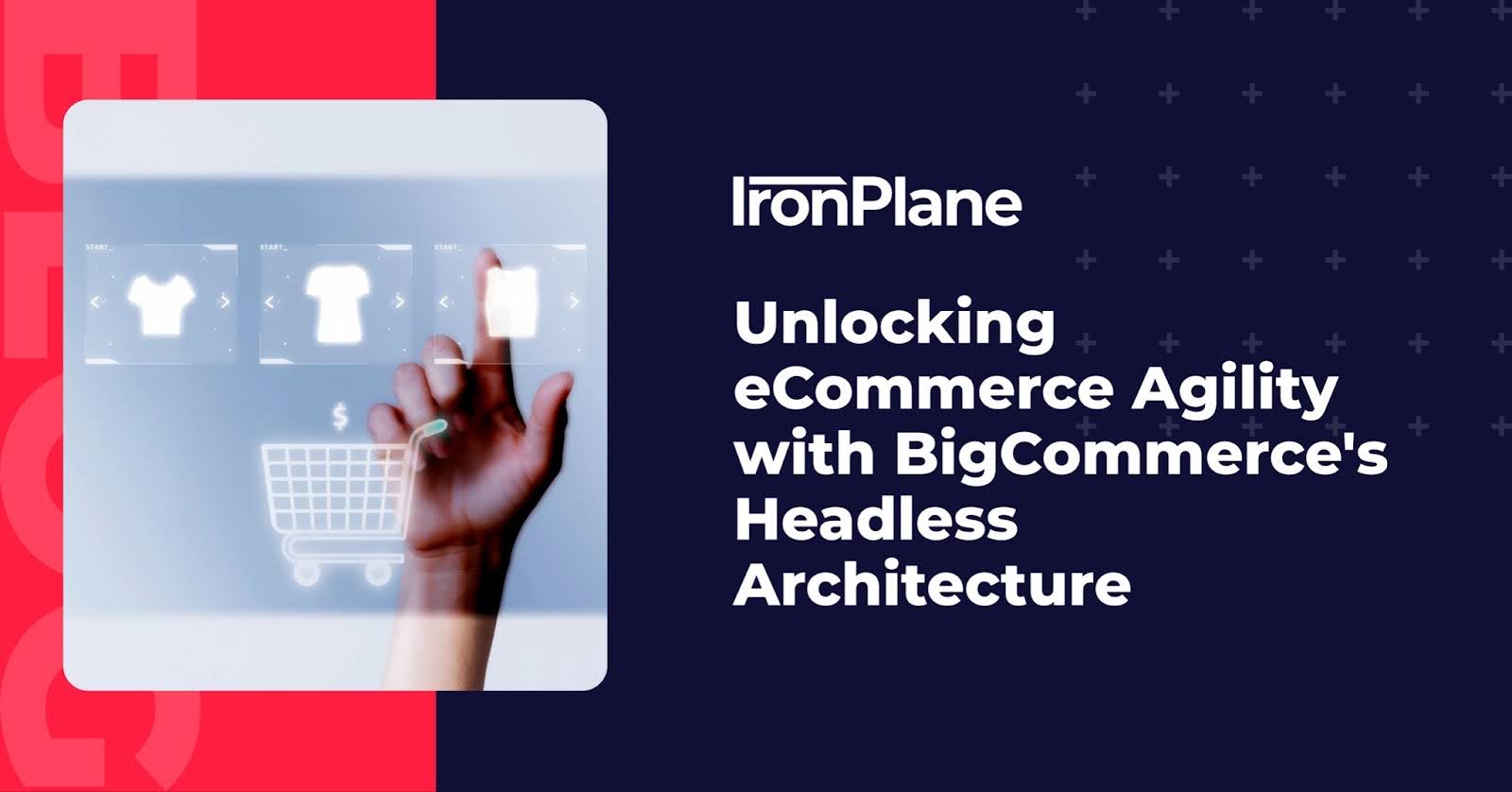12 Key Benefits of Headless Commerce Solutions
In today's digital world, businesses are always looking for new ways to improve their online stores and make customers happier. At IronPlane, we work with the latest e-commerce solutions, and we're excited to talk about headless commerce.


 Jeff Zoldy
Jeff Zoldy




